Trail name and description
- Caprera island, path number 10 to “Cala Coticcio”
- Northern Sardinia (Italy)
- 41°22645’N 009°47447’E
Level & Scale of difficulty used for hiking
E (For more info have a look here)
Duration
about 3 hours
Distance
Round trip distance: 3,2 km
Refreshing points
None
Shelters
None
Best period for hiking
All year long. For excursions, the cooler periods of spring and autumn are recommended, while in summer it is preferable to walk the paths during the early hours of the morning, to avoid the high temperatures of the central part of the day.
Climate
mainly windy, warm and sunny
how to reach the starting point
by local bus or private car/bike. However, starting point is at a walking distance from La Maddalena village (about 6 km)
Equipment and outfit required
Comfortable shoes for hiking/trekking, a small rucksack, a binocular, a camera and at least 1,5 liters of water. If in hot weather is suggested to carry even more water.
*the map of the trails is available at the Tourist Office in La Maddalena or can be downloaded for free by reading the Q-code shown on the illustrative boards at the beginning of each path
**this path needs the presence of a authorized guide. For prices and availability contact the “Ente Parco La Maddalena”
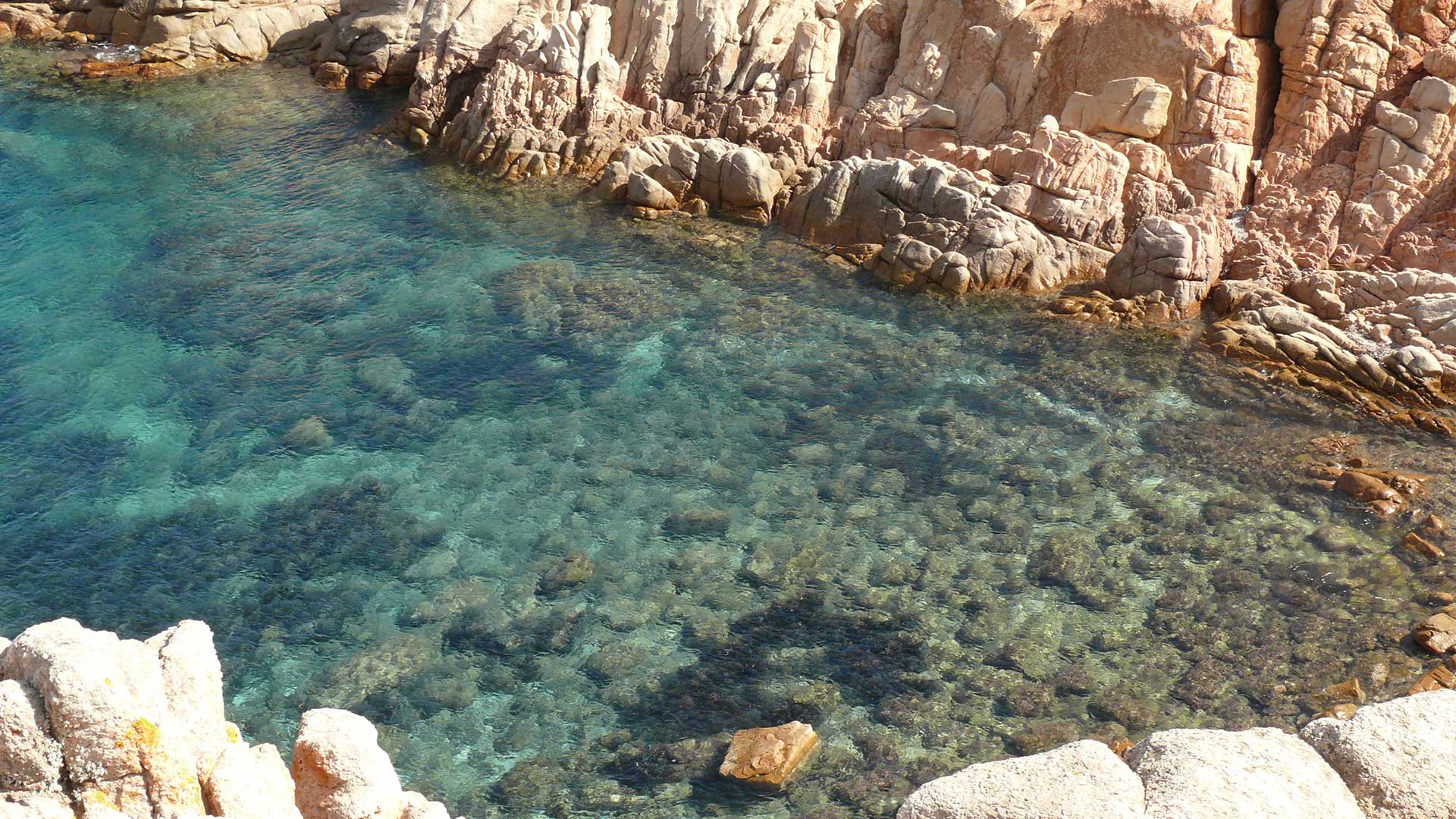
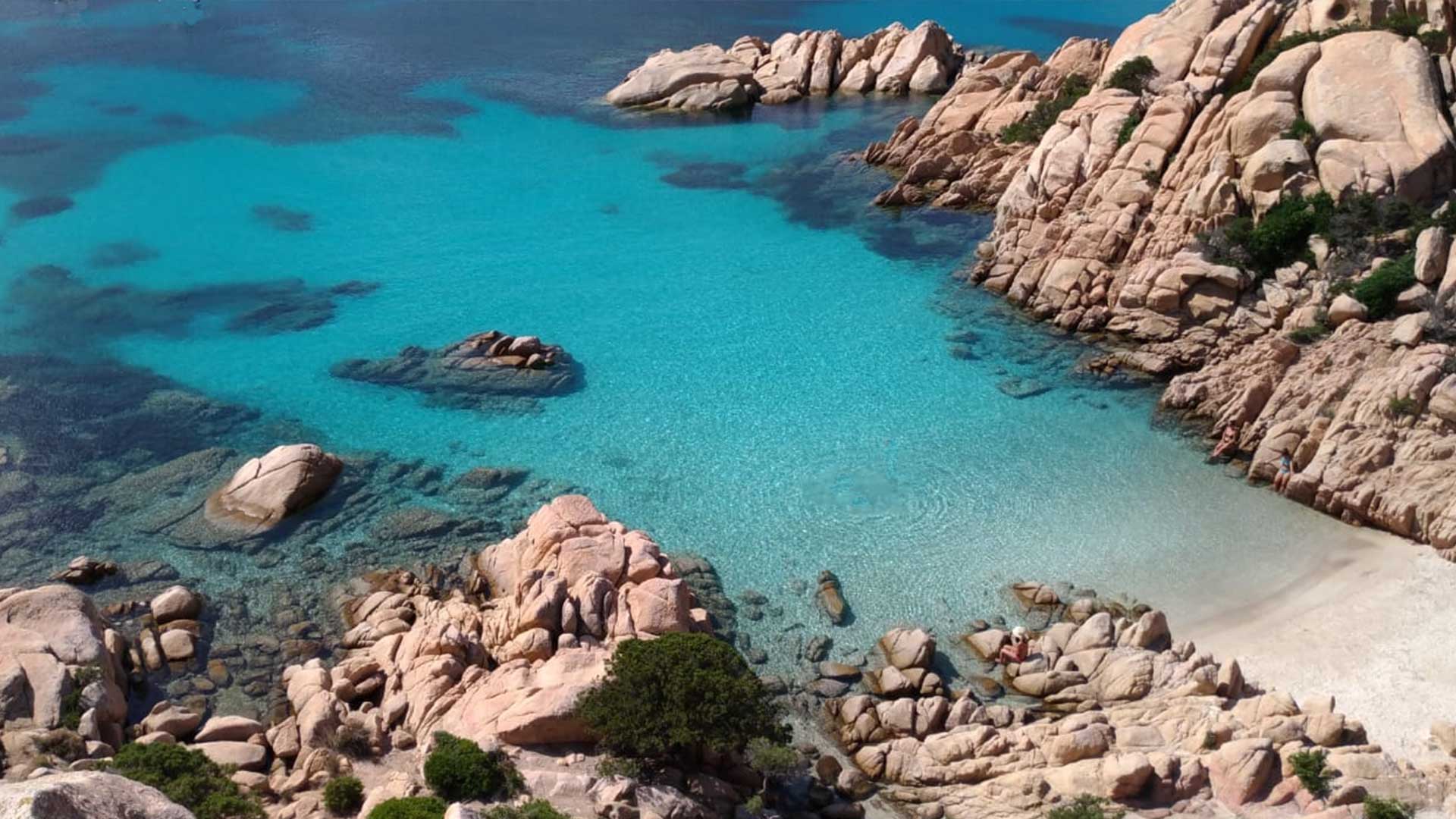
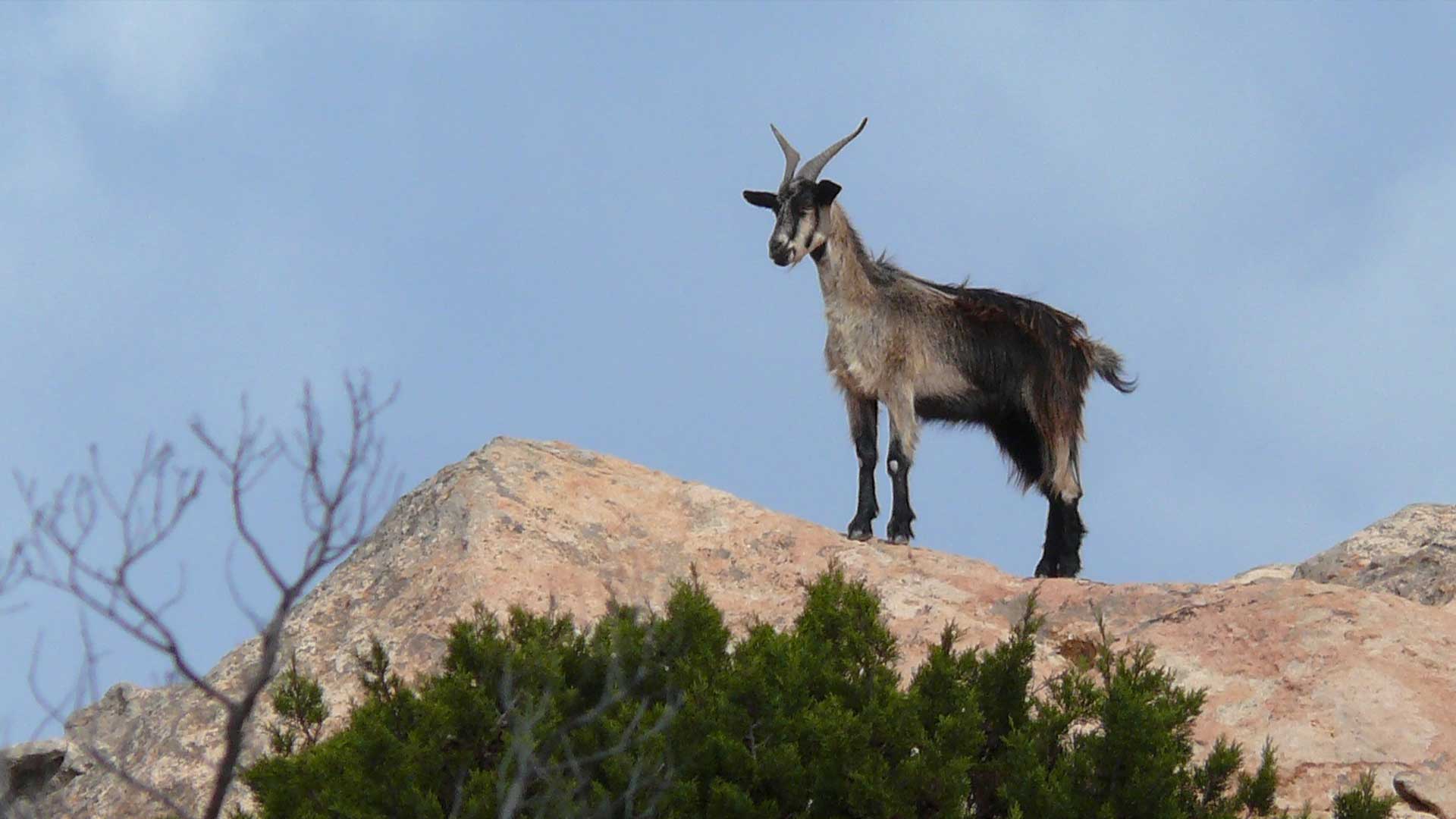
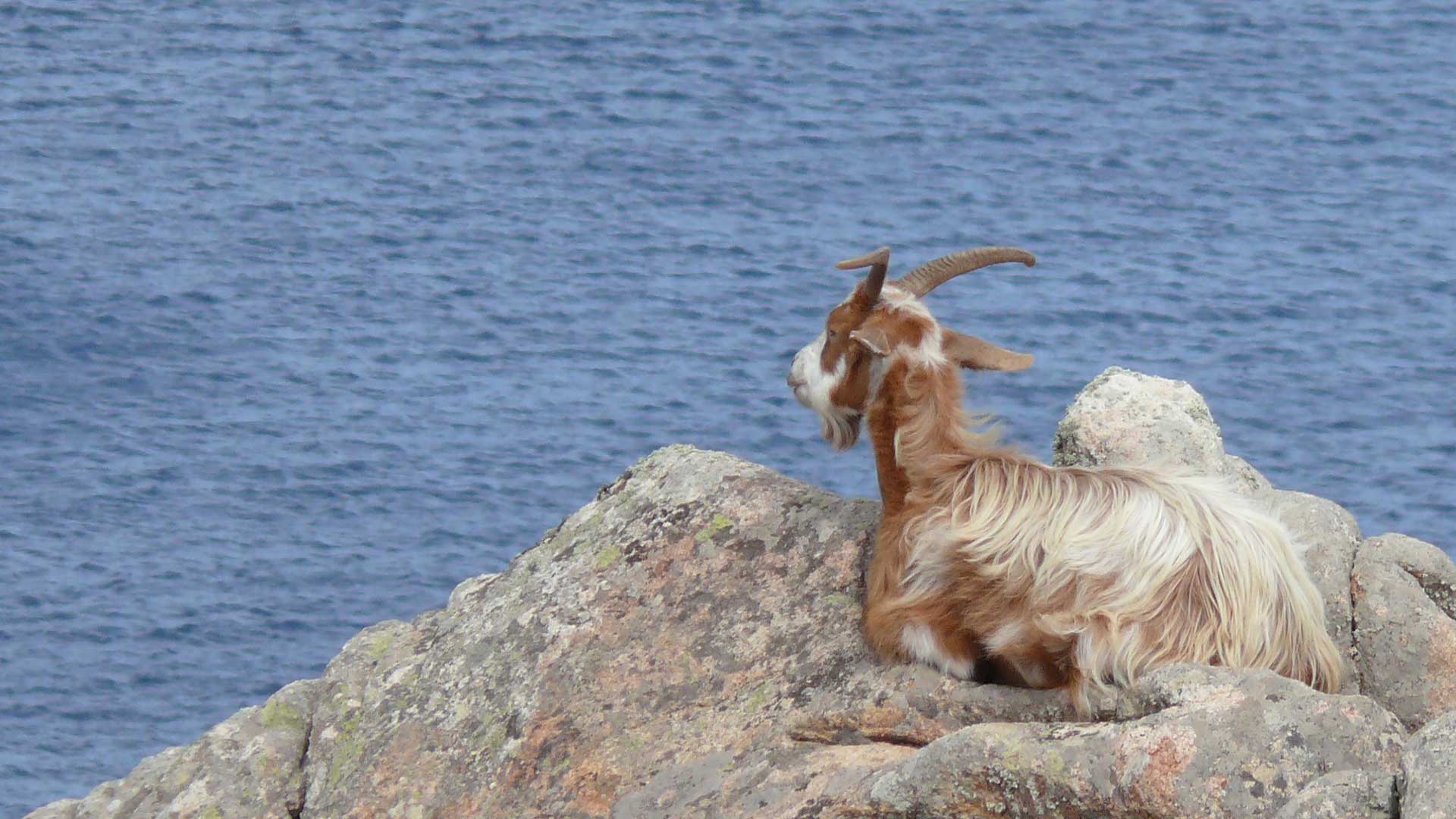
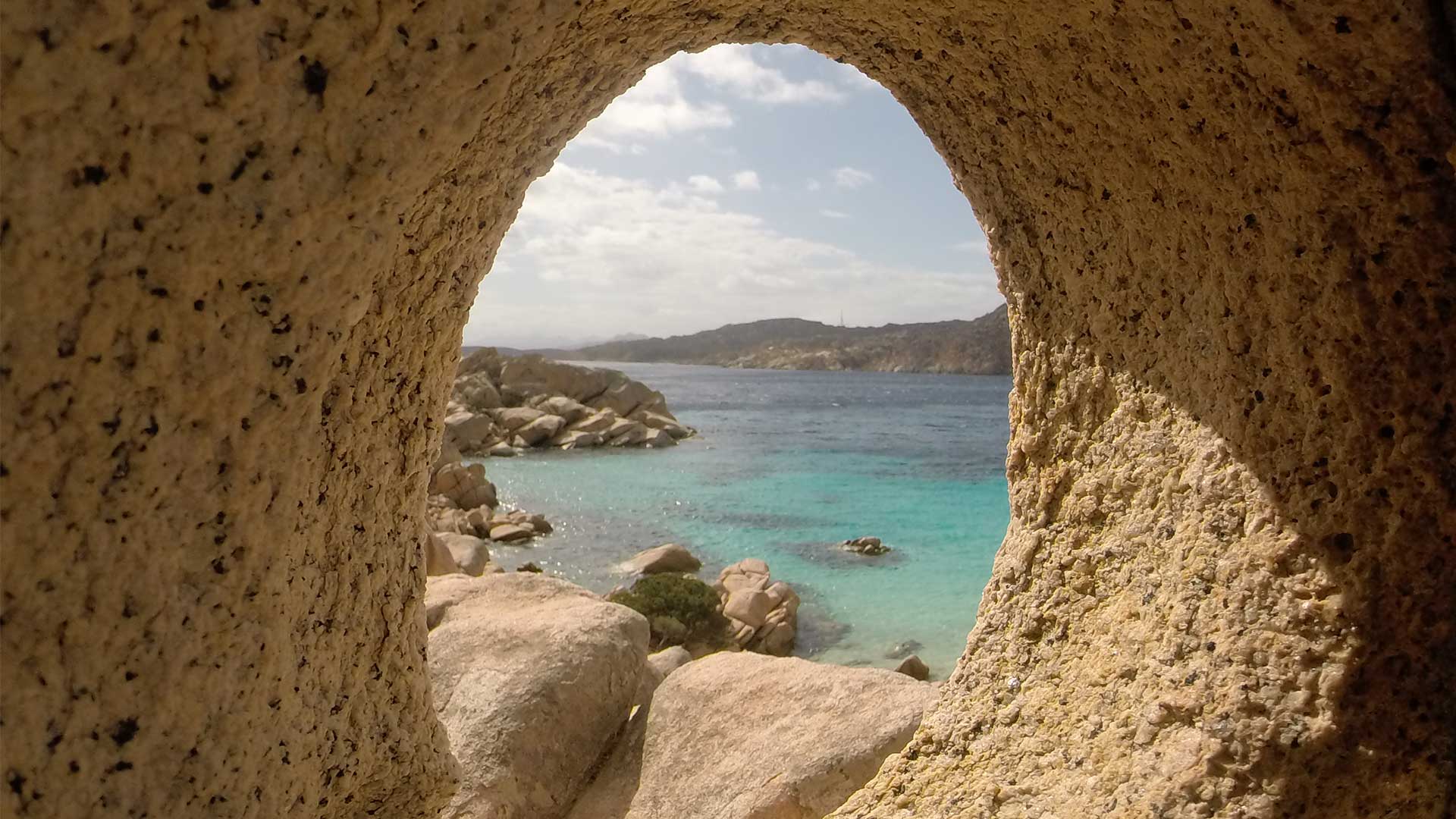
Caprera is an island that, although not particularly extensive, has a coastal development of 45 km and currently offers 16 paths well signposted that allow a slow fruition immersed in the nature of this awesome Sardinian paradise. For this reasons Caprera can be defined as a real island of hiking, to which nature has also given the beauty of an incomparable seaside. The geomorphology of the territory is characterized by granite rocks that wind and marine erosion have shaped into suggestive and unique shapes, making them become real natural monuments. For this reason and for the particular colors of the water around the islands, the archipelago is considered one of the most evocative landscapes in the world.
The origin of the archipelago dates back to the last glaciation, when the waters covered the depressions left free by the natural crumbling of granite, from which the highest points remained visible, forming the archipelago of La Maddalena, of which Caprera is part.
The first inhabitants settled in these places in the Neolithic period (10,000-3,500 BC).
Since ancient times and for several centuries the area has been an intermediate port of call for commercial traffic in the Mediterranean.
During the Middle Ages the archipelago was frequented by shepherds and Ligurian, Tuscan and Campanian fishermen, attracted by beautiful corals of its seabed.
Between October 1803 and January 1805 the English fleet stopped several times in the calm waters of the La Maddalena bay, from where it was more convenient to guard the Bonapartist fleet, at anchor in the port of Toulon.
Of that period remains an altar kit (two candlesticks and a silver crucifix) donated by Admiral Horace Nelson on October 18, 1804, at the end of the penultimate of his eight stops in the archipelago, as a sign of esteem for the inhabitants. The gift was accompanied by an autograph letter, also kept in the museum “Diocesano”, with which he thanked for the hospitality received. The letter of reply is kept at the British Museum.
The bay was also witness to the events of the Second World War, given the massive presence of ships.
Perfectly camouflaged with the environment, there are also traces of the island’s military past, with the ruins of lookout posts, which ensured the discovery of possible threats to ships anchored in the bay.
The local culture is deeply related to the maritime and pastoral origins of the population.
There is also a deep bond with the Italian Navy which here has a School for the training of non-commissioned officers.
Cala Coticcio is a small paradise inside the Park. Since this particular beautiful area is located within the integral reserve (Ta area), it can be visited only in a limited number, for a limited time and in the company of the Park guides, upon reservation (check the numbers to call on the Park site and remember to book in advance).
Immediately the hiker is struck by the fragrance of the scents that tickle the nostrils. Salt and vegetation compete, in fact, in recalling fragrances that, in the cities, are now forgotten.
Along the path you can see an evergreen shrub typical of the place, the Lentisk (Pistacia lentiscus), whose characteristic berries (black in color when ripe) provided the most consumed vegetable food fat after olive oil, which was intended mainly for the tables of the rich.
With a last steep and challenging descent we reach “Cala Coticcio”, consisting of two inlets, characterized by fine sand and extremely transparent water. Here you can enjoy the landscape and a full immersion in this uncontaminated nature, listening to the silence, broken only by the wind and the continuous breaking of the waves on the rocks.
On the way back we come across the real inhabitants of the island, a flock of mountain goats living in the wild. They rest enjoying the landscape and the air scented with saltiness.
Through the typical landscape of the island, characterised by granite formations, to which wind erosion has imprinted unusual and curious profiles, and low shrubs overlooking beautiful coves and an uncontaminated sea with a thousand shades of blue and green, we follow a path that develops between sky and sea, practicable with due attention, prudence and equipped with the right equipment.
La Maddalena has good reception capacities. Check on sites specialized in reservations.
- best period to visit: all year long. For excursions, the cooler periods of spring and autumn are recommended, while in summer it is preferable to walk the paths during the early hours of the morning, to avoid the high temperatures of the central part of the day.
- useful links: Home – Lamaddalenapark.it